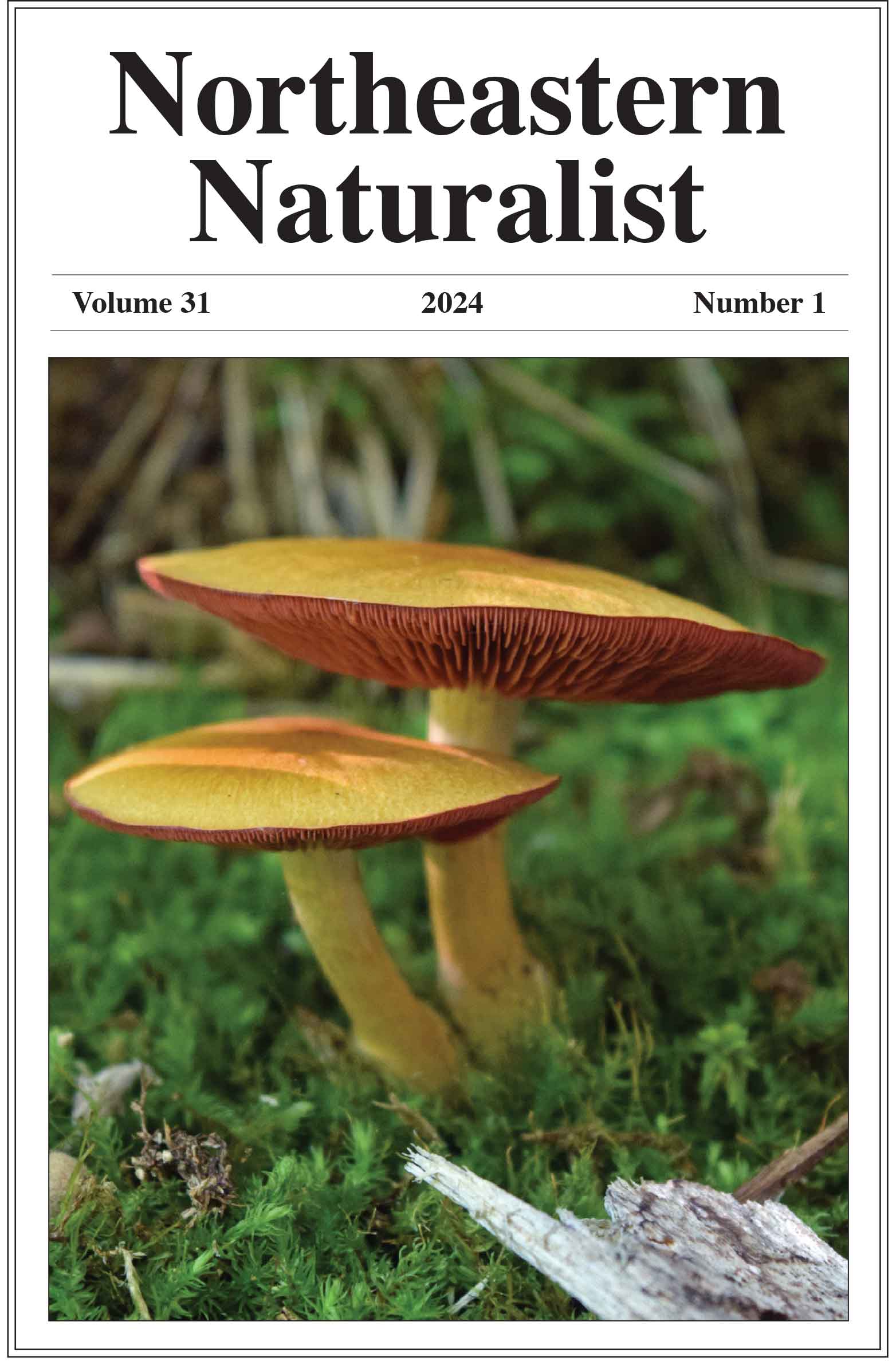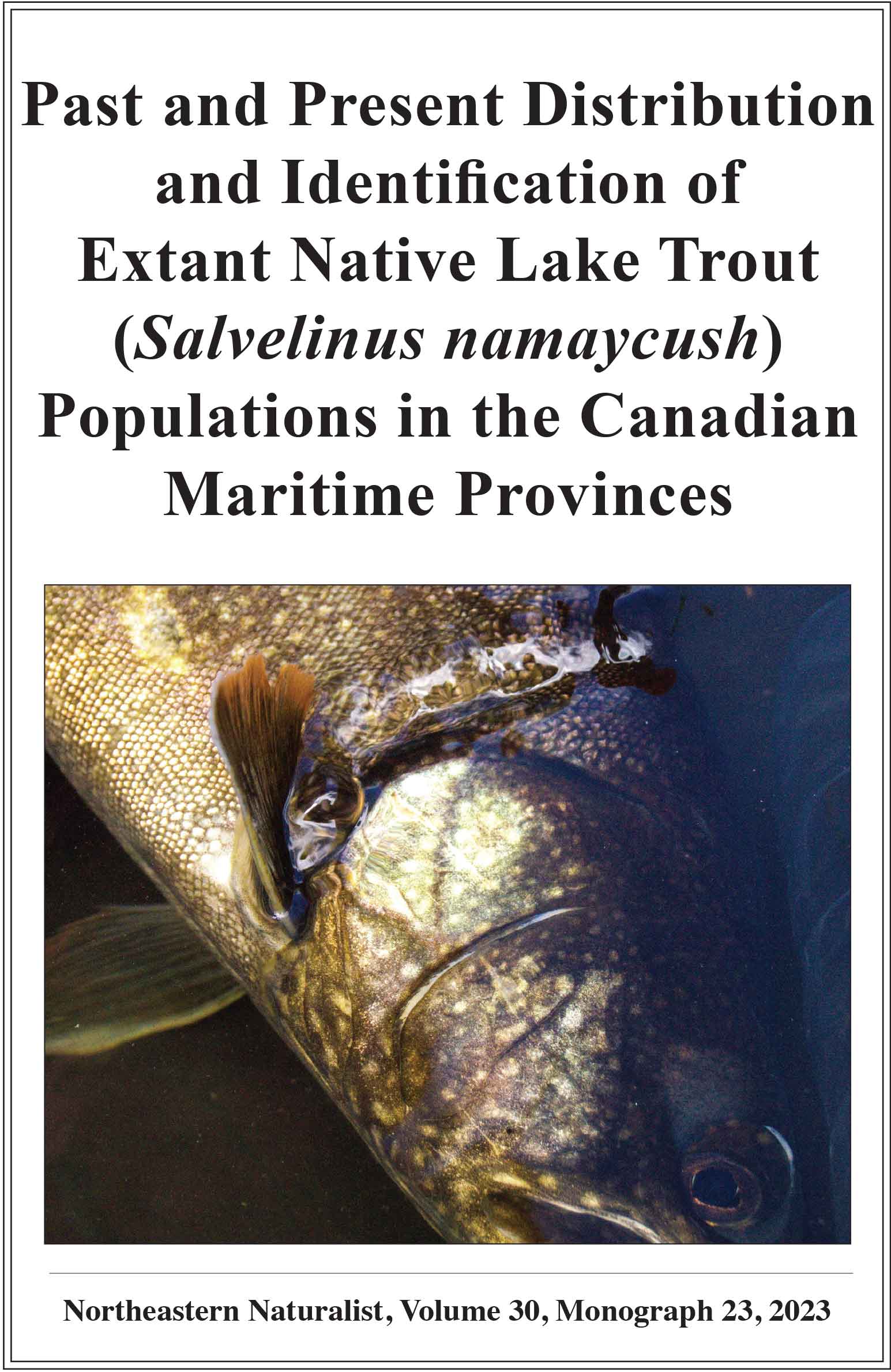Thirteen Years of Rare Plant Population Changes in the Adirondack Alpine
Timothy G. Howard1,*, Kayla White2, and Julia Goren2,3
1New York Natural Heritage Program, College of Environmental Science and Forestry, State University of New York, 625 Broadway, Albany, NY 12233-4757. 2Adirondack High Peaks Summit Stewardship Program, Adirondack Mountain Club, PO Box 867, Lake Placid, NY 12946. 3Current address - Adirondack Council, 103 Hand Avenue - Suite 3, PO Box D-2, Elizabethtown, NY 12932. *Corresponding author.
Northeastern Naturalist, Volume 28, Special Issue 11 (2021): 29–46
Abstract
New York’s Adirondack alpine zone harbors many rare vascular plants threatened by climate change, atmospheric deposition, and damage from recreational use. Here, we report on the results of population monitoring at 6-year intervals of 15 alpine areas. We sampled 366, 360, and 369 randomly placed plots in 2006–2007, 2013, and 2018–2019, respectively. Ten species were found in at least 5% of the plots, with Trichophorum cespitosum (Deer’s Hair Club Sedge; 60% of plots) and Huperzia appressa (Mountain Firmoss; 42%) most frequent. Of these 10 species, 5 showed significant increases in density over time and 3 had no significant change in density. The 5 species showing increases also had densities positively correlated with metrics of current or former physical disturbance, such as exposure to western slopes and proximity to hiking trails. These data suggest many rare alpine plants are maintaining population levels; environmental heterogeneity and hiker education in the alpine zone may be contributing to this pattern.
![]() Download Full-text pdf (Accessible only to subscribers. To subscribe click here.)
Download Full-text pdf (Accessible only to subscribers. To subscribe click here.)
Access Journal Content
Open access browsing of table of contents and abstract pages. Full text pdfs available for download for subscribers.
Issue-in-Progress: Vol. 31 (2) ... early view
Check out NENA's latest Monograph:












 The Northeastern Naturalist is a peer-reviewed journal that covers all aspects of natural history within northeastern North America. We welcome research articles, summary review papers, and observational notes.
The Northeastern Naturalist is a peer-reviewed journal that covers all aspects of natural history within northeastern North America. We welcome research articles, summary review papers, and observational notes.